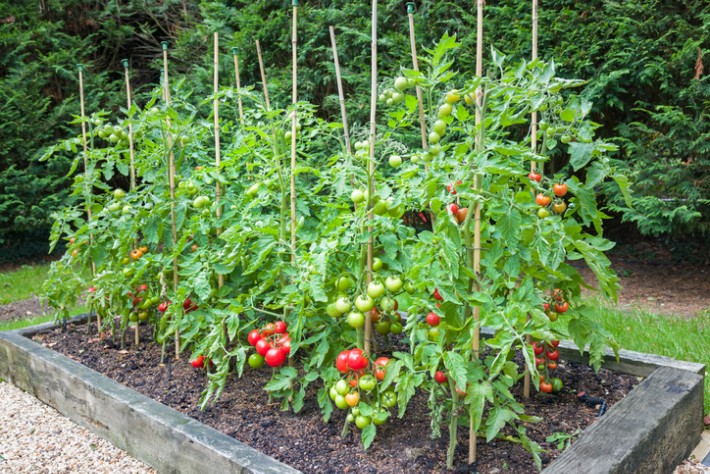Introduction
Garden stakes are essential tools for any gardener looking to support plants, define garden spaces, or manage crops effectively. These simple yet versatile stakes provide stability to plants, helping them grow upright and resist wind damage or heavy fruit weight. Whether you’re tending to climbing vines, young trees, or delicate flowers, understanding how to select and use garden stakes can significantly improve your garden’s health and aesthetics.
This comprehensive guide explores the various types of garden stakes, their specific applications, and expert tips for maximizing their benefits. We will also cover installation techniques and maintenance advice to ensure your garden thrives throughout the seasons.
What Are Garden Stakes and Why Are They Important?
Garden stakes are typically long, slender rods made from wood, metal, or plastic, inserted into the soil near plants to provide structural support. They serve several vital functions:
- Support for Growing Plants: Prevents plants from bending or breaking under their own weight or environmental stress.
- Training Climbing Plants: Helps vines and creepers grow upward for better sun exposure and air circulation.
- Organizing Garden Layouts: Stakes can mark rows or create boundaries within your garden.
According to horticultural experts, proper staking can increase plant productivity by reducing damage and improving growth orientation.
Common Types of Garden Stakes and Their Best Uses
Wooden Stakes
Wooden stakes are the most traditional and widely used type. They are:
- Affordable and biodegradable
- Available in various sizes and thicknesses
- Suitable for supporting heavier plants like tomatoes or young trees
Pro Tip: Choose untreated hardwood stakes to avoid chemical leaching in edible gardens.
Metal Stakes
Metal stakes, often made from steel or aluminum, offer durability and longevity. Benefits include:
- Resistance to weathering and pests
- Ideal for long-term garden structures
- Often coated to prevent rust
These stakes are perfect for heavy-duty support such as grapevines or permanent garden installations.
Plastic and Composite Stakes
Lightweight and resistant to rot, plastic stakes are:
- Easy to install and move
- Available in colorful options for decorative use
- Best suited for small plants or temporary support
How to Choose the Right Garden Stakes for Your Plants
Selecting the proper stake depends on several factors:
- Plant Type and Size: Larger plants require thicker, sturdier stakes.
- Growth Duration: Temporary crops may only need lightweight stakes.
- Environmental Conditions: Consider wind exposure and soil type.
Use this quick guide:
| Plant Type | Recommended Stake Type | Recommended Length |
|——————|—————————|——————–|
| Tomatoes | Wooden or metal | 6-8 feet |
| Peas and beans | Bamboo or plastic | 4-6 feet |
| Young trees | Heavy wooden or metal | 3-5 feet |
How to Properly Install Garden Stakes
Correct installation maximizes the effectiveness of garden stakes:
- Insert stakes firmly 6-12 inches into the soil for stability.
- Place stakes close to the plant’s base but avoid damaging roots.
- Use soft ties like garden twine or cloth strips to secure plants without constriction.
- Adjust ties as plants grow to prevent girdling.
Expert gardeners recommend checking stakes regularly during the growing season to ensure they remain secure and adjust ties accordingly.
Maintenance and Tips for Long-Lasting Garden Stakes
To extend the life and functionality of your garden stakes:
- Inspect for damage or rot before each planting season.
- Clean stakes with mild soap and water to prevent disease spread.
- Store stakes in a dry, sheltered area during off-seasons.
- Consider painting wooden stakes with non-toxic paint for added weather resistance.
Conclusion
Garden stakes are more than mere supports—they are vital tools that contribute to healthier, more productive plants and a well-organized garden. By understanding the different types of stakes and their specific uses, you can select the right support for your garden’s unique needs. Proper installation and maintenance ensure your plants grow strong and resilient, making your gardening efforts more rewarding.
Whether you’re a beginner or an experienced gardener, investing time in choosing and using garden stakes correctly will yield noticeable improvements in plant health and garden aesthetics. Start staking your garden with confidence and watch your plants flourish!
